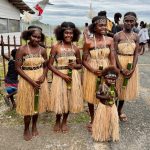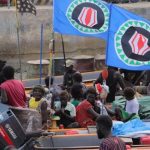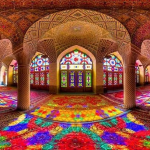If Indonesia’s eastern frontier is a mystery to most travellers, West Papua is the enigma at its heart. A vast, rugged, and stunningly beautiful land, it’s a place where towering mountains meet pristine beaches, where dense jungles hide ancient tribes, and where the struggles of history are never far from the surface.
This West Papua Guide is your no-nonsense roadmap to one of Southeast Asia’s last true frontiers.
Background to West Papua
West Papua, officially part of Indonesia, occupies the western half of the island of New Guinea, the world’s second-largest island after Greenland. The region covers approximately 420,000 square kilometres, making it larger than many countries in Europe. It’s divided into two provinces: Papua and West Papua, with Jayapura as the capital of Papua province and Manokwari serving as the capital for West Papua province. The population is around 3 million people, including dozens of indigenous tribes speaking hundreds of languages.
Unlike much of Indonesia, which is predominantly Muslim, West Papua has a large Christian population, with indigenous beliefs still very much alive in remote areas. The cultural diversity is staggering, from the highland tribes who live traditional lifestyles to the coastal communities engaged in fishing and trade.
West Papua’s natural environment is nothing short of spectacular. It boasts some of the richest biodiversity on the planet, including dense rainforests, coral reefs, and the famous Lorentz National Park, a UNESCO World Heritage Site. At the heart of the island is Puncak Jaya, the highest peak in Oceania at 4,884 metres, attracting adventurous mountaineers willing to take on one of the world’s toughest climbs.
However, West Papua is also a region fraught with political tension and human rights concerns. The legacy of Indonesia’s annexation in the 1960s still casts a shadow over the area, with ongoing conflict between Indonesian security forces and pro-independence groups. Visitors need to be aware of these realities and exercise caution.
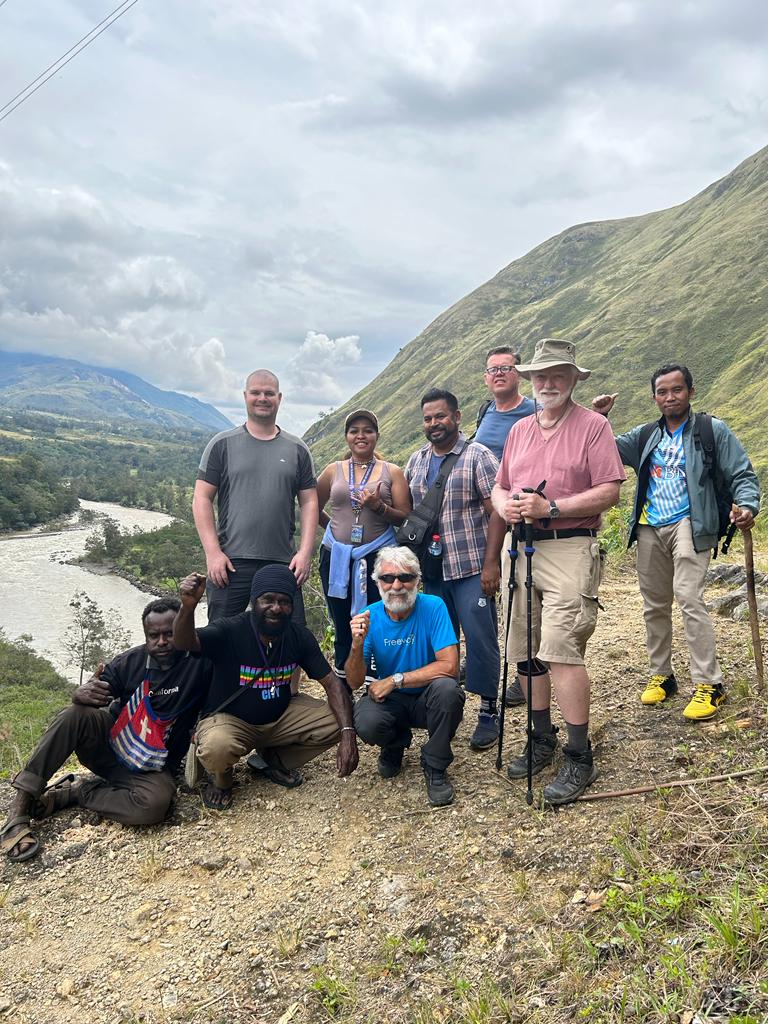
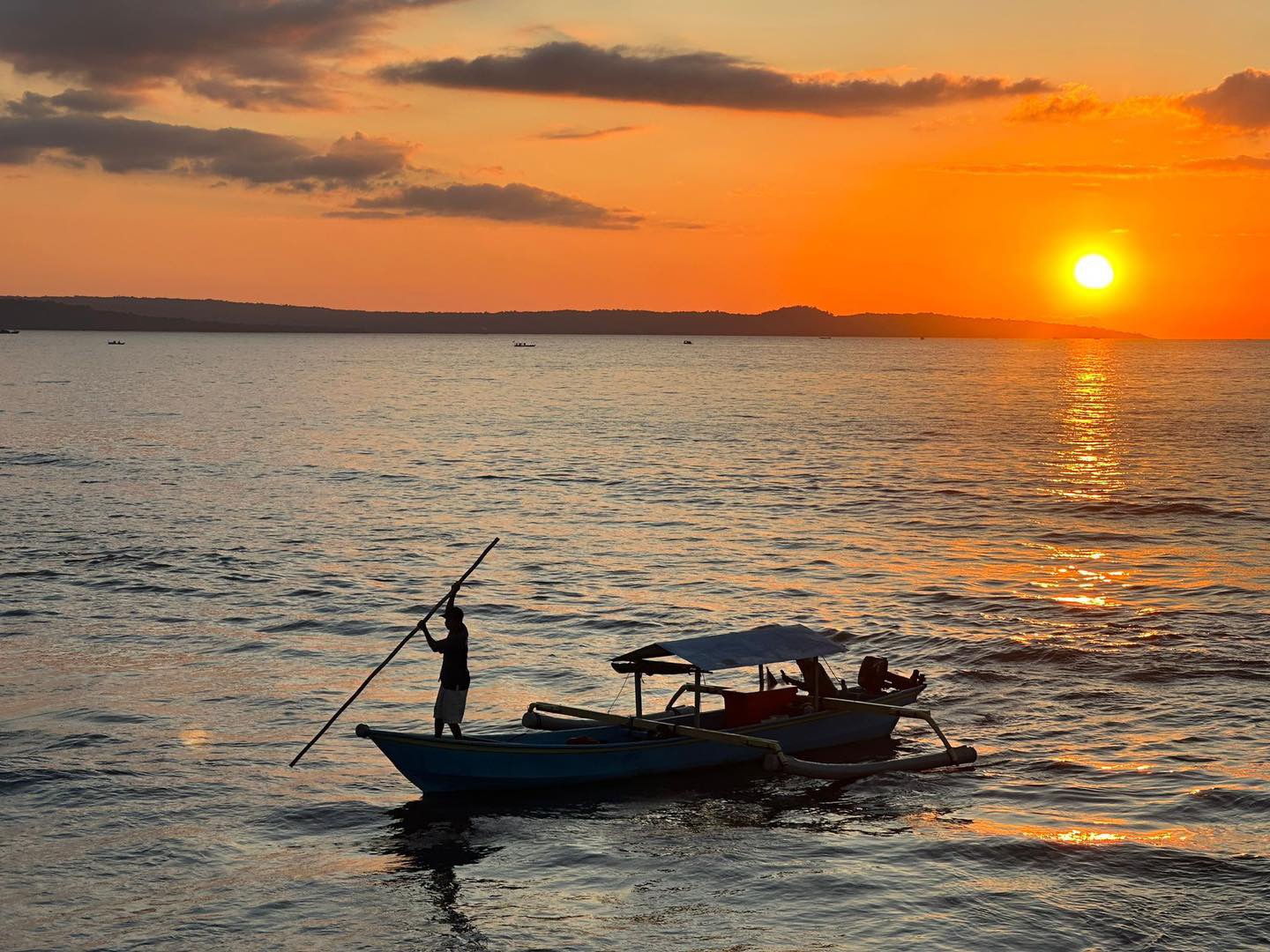
What to Do in West Papua
West Papua is not your typical tourist destination. It demands effort and respect but rewards travellers with unique experiences. Here are ten things to do:
- Climb Puncak Jaya
This is not for the faint-hearted or inexperienced climbers. Scaling Puncak Jaya involves challenging terrain, remote logistics, and the highest tropical mountain on earth. But the views and bragging rights are unparalleled. - Explore Lorentz National Park
A UNESCO World Heritage Site, Lorentz covers over 2.3 million hectares and is one of the most ecologically diverse parks in the world. Trek through dense jungle, spot rare birds of paradise, and encounter tribal communities. - Visit Raja Ampat Islands
Accessible by boat from Sorong, Raja Ampat is arguably Indonesia’s top diving and snorkeling destination. Crystal-clear waters, vibrant coral reefs, and abundant marine life make it a must-see for underwater enthusiasts. - Experience Dani Culture in the Baliem Valley
Near Wamena, the Baliem Valley is home to the Dani tribe. Visit traditional villages to witness ancient customs, see traditional pig feasts, and gain insight into a way of life largely unchanged for centuries. - Snorkel and Dive in Triton Bay
Less visited than Raja Ampat, Triton Bay offers pristine reefs and the chance to see rare species including the walking shark. - Hike in Jayawijaya Mountains
For those who prefer trekking over climbing, numerous trails in the Jayawijaya Mountains offer stunning scenery, from alpine meadows to dense forests. - Visit Timika for Mining History
West Papua is rich in natural resources, including the massive Grasberg mine near Timika, one of the world’s largest gold and copper mines. While controversial, it is an important part of the region’s economy. - Relax on the Beaches of Fakfak
Fakfak is a quiet coastal town with beautiful beaches and friendly locals, far from tourist crowds. - Go Birdwatching
West Papua is a birdwatcher’s paradise. The bird of paradise, Indonesia’s national bird, can be spotted in many parts of the region, along with countless other exotic species. - Engage with Local Art and Handicrafts
Papuan art, especially traditional wood carvings and woven textiles, reflects the deep spiritual and cultural heritage of the region.
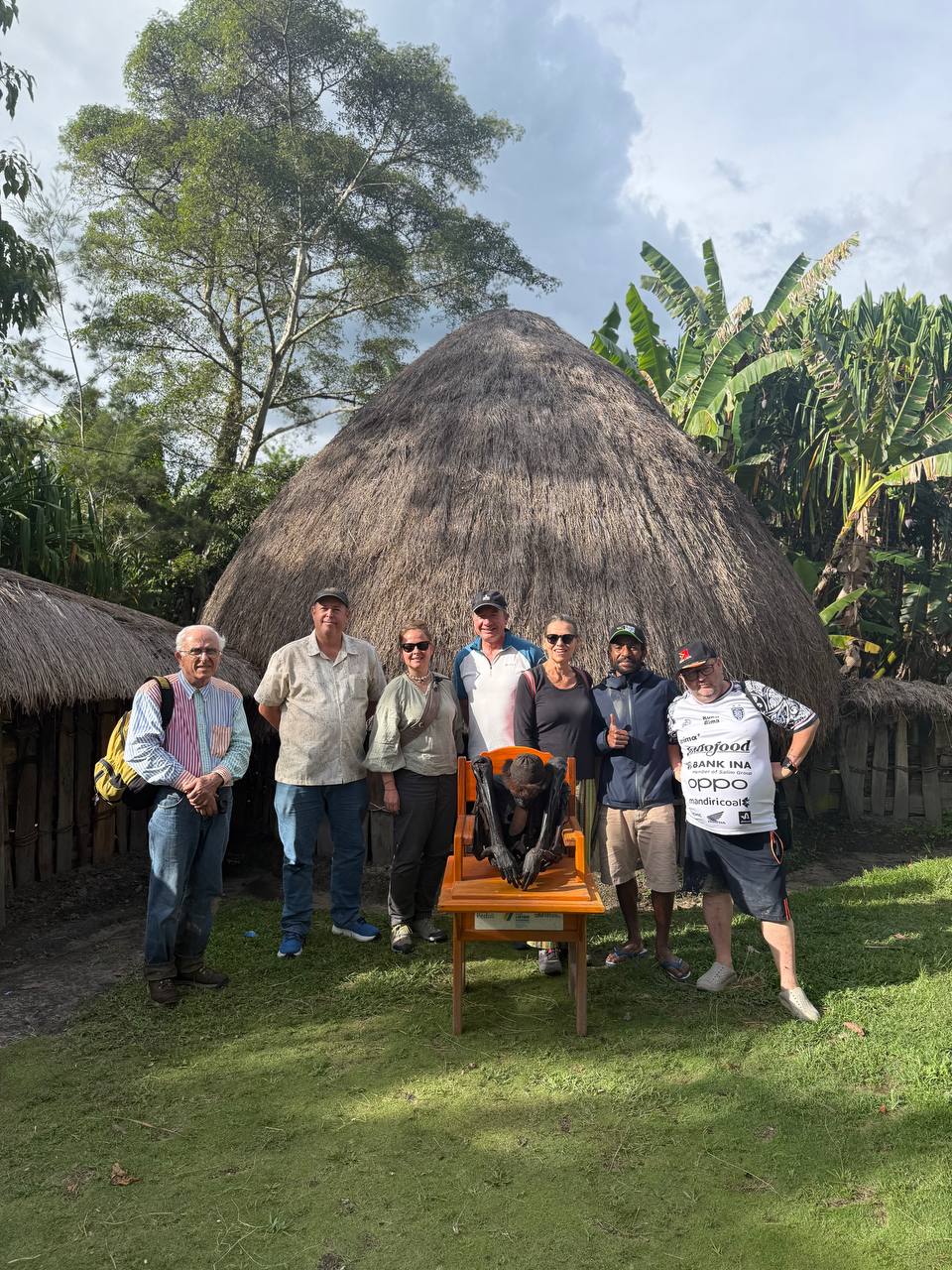
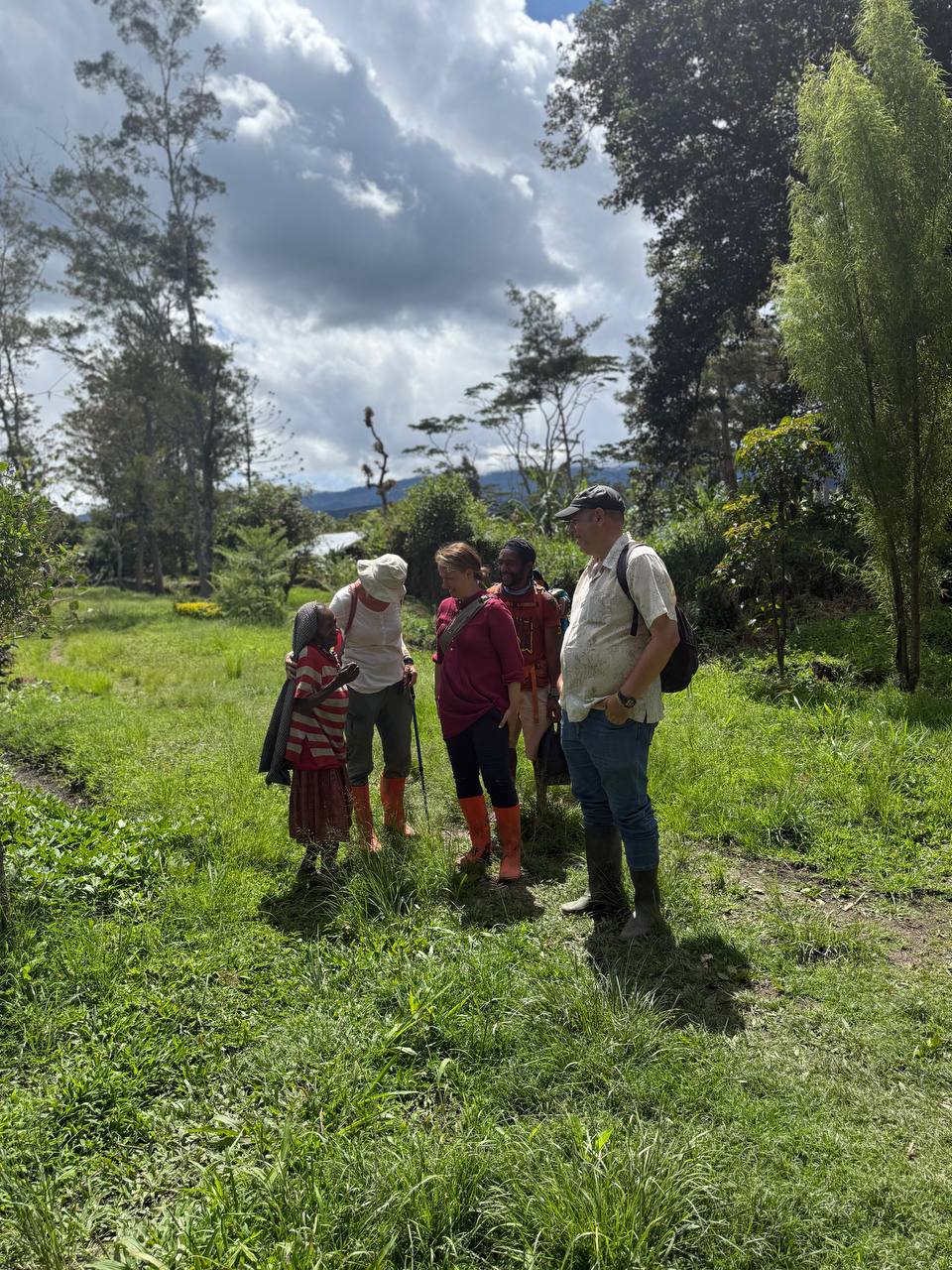
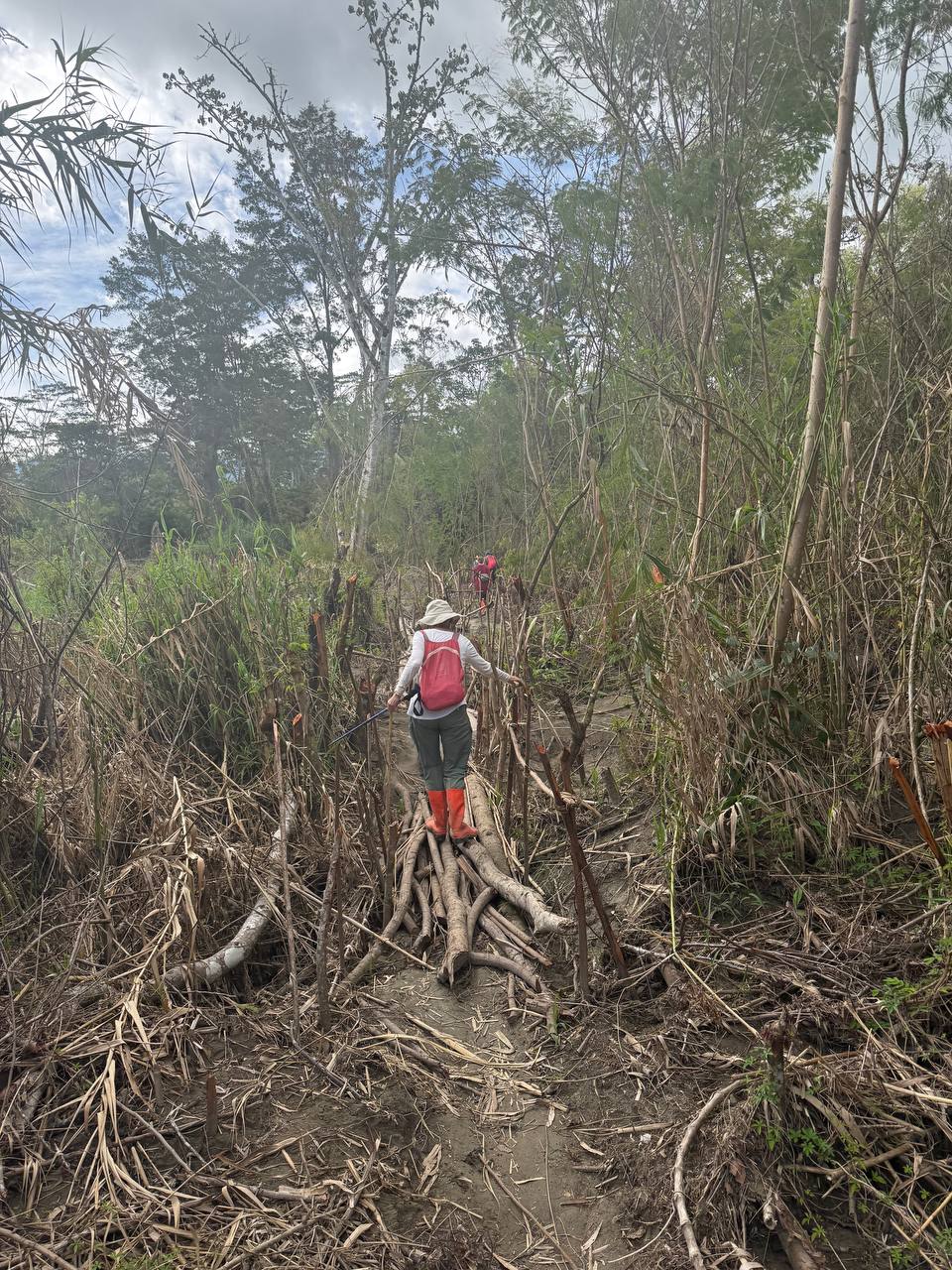
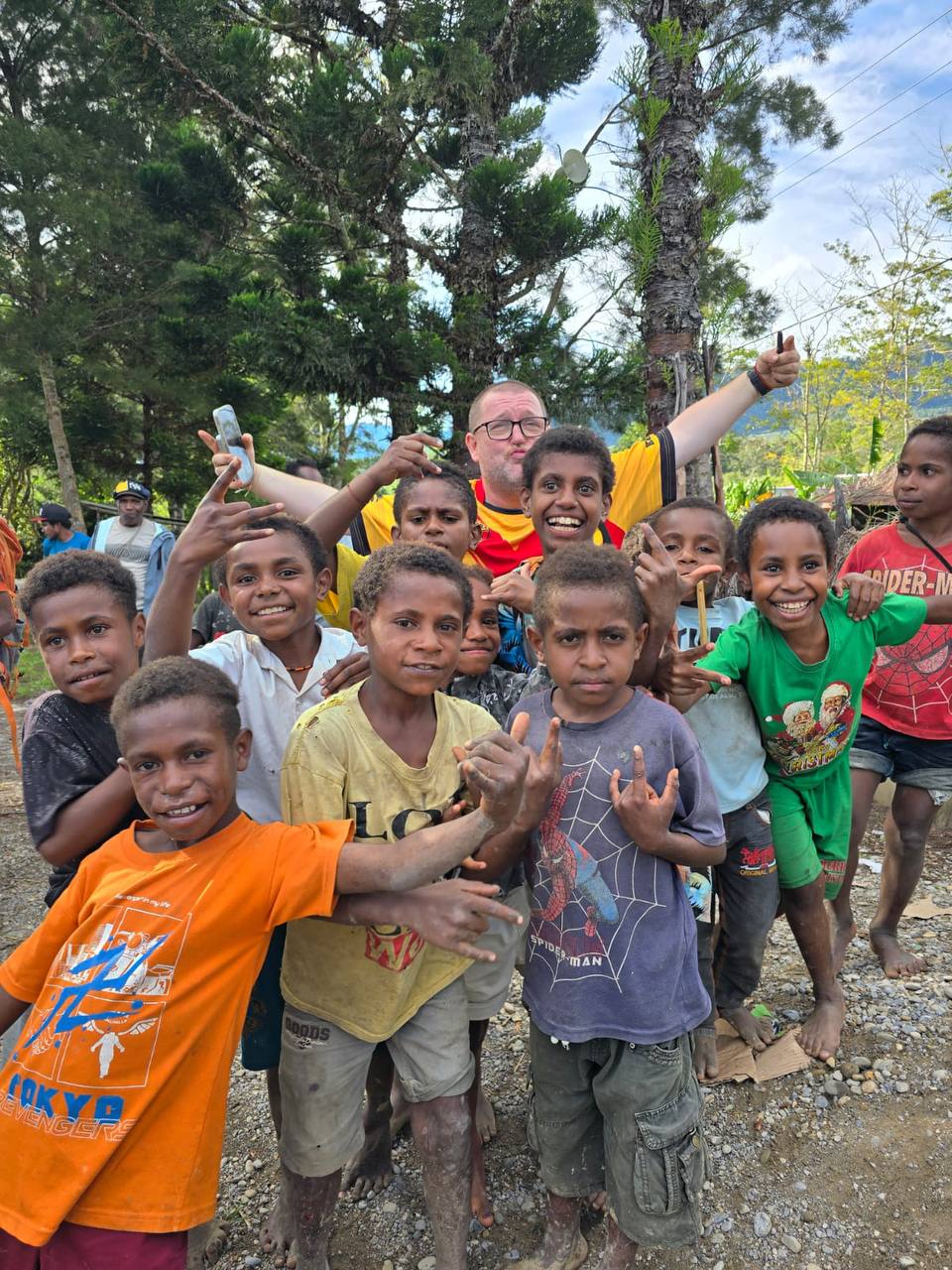
What to Eat in West Papua
Food in West Papua reflects its rich cultural tapestry and abundant natural resources. It’s hearty, often simple, but packed with flavour. Here’s what you shouldn’t miss:
- Sago
The staple carbohydrate in West Papua. Made from the pith of sago palms, it’s often prepared as a sticky cake or porridge. - Ikan Bakar
Grilled fresh fish, caught from coastal waters and cooked over open flames with local spices. - Papeda
A traditional dish made from sago flour and water, papeda is a gooey, glue-like staple eaten with fish soup. - Urap Sayur
A salad of boiled vegetables mixed with spiced grated coconut, offering a fresh and spicy counterpoint to heavier dishes. - Sambal
Like much of Indonesia, sambal (chilli paste) is everywhere. Papuan versions often include unique local ingredients like wild chillies or spices. - Fresh Seafood
Crabs, prawns, and reef fish are abundant and commonly enjoyed fresh from the ocean. - Taro and Sweet Potato
Both crops are grown widely and often accompany meals.
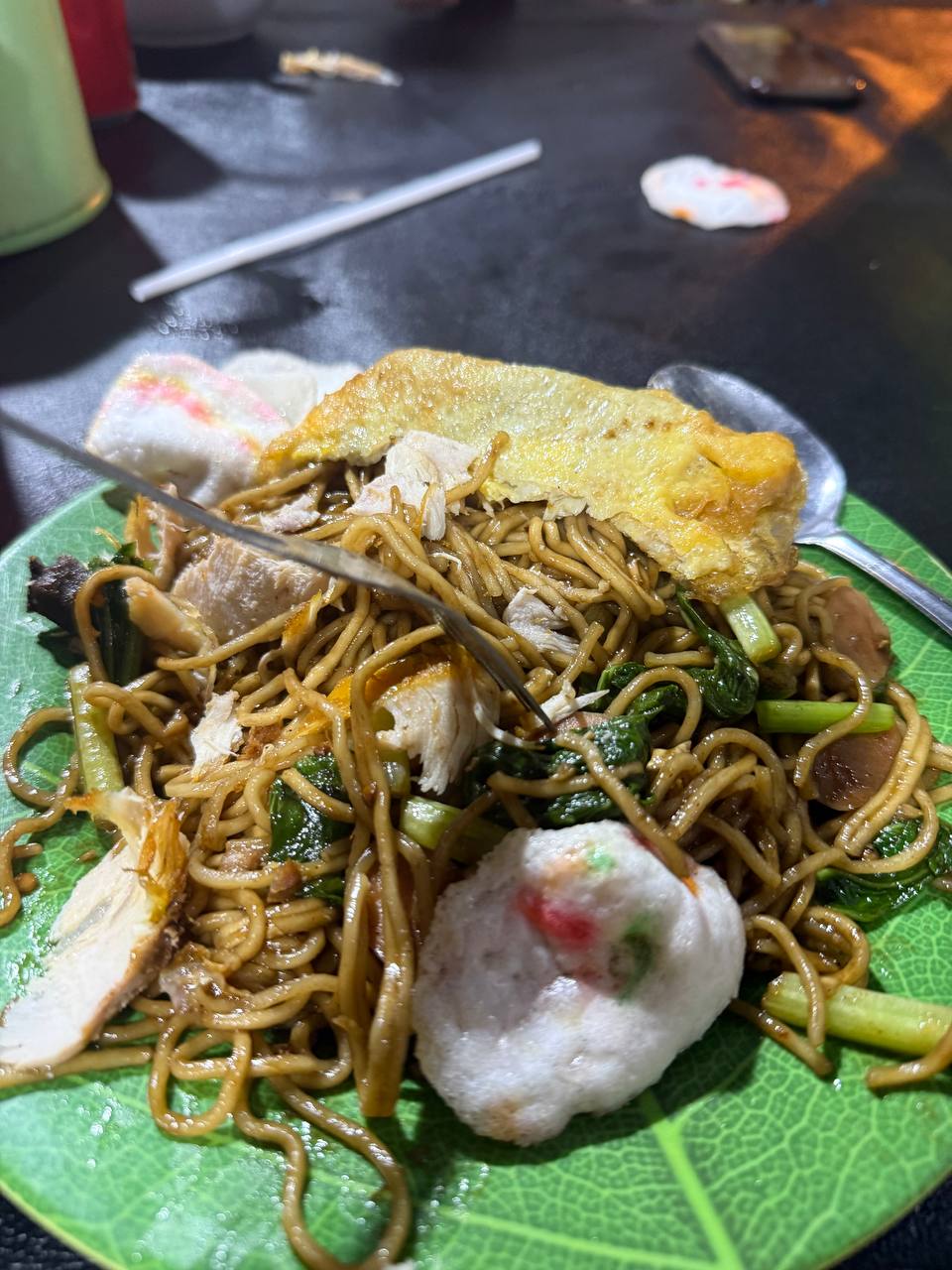
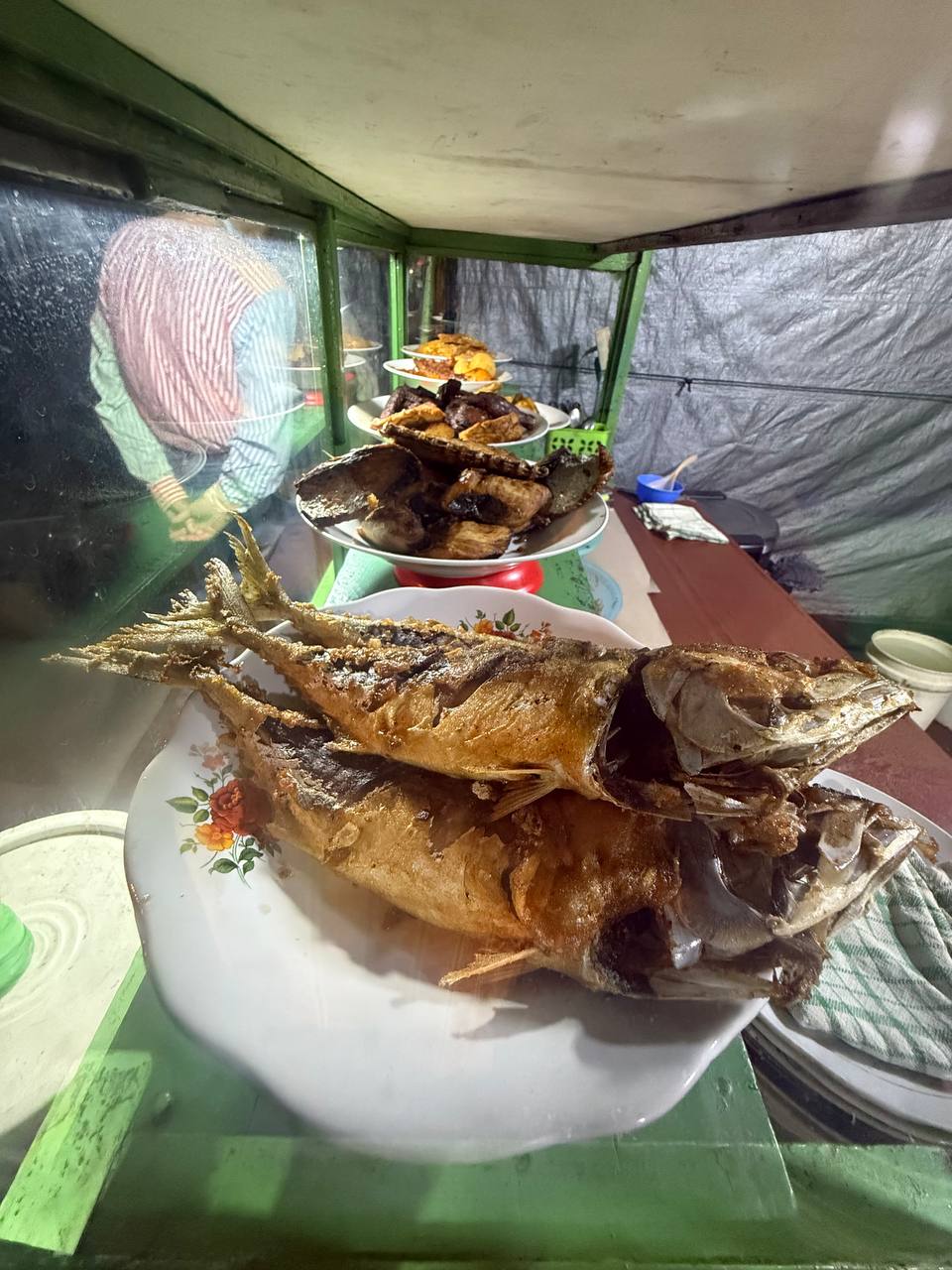
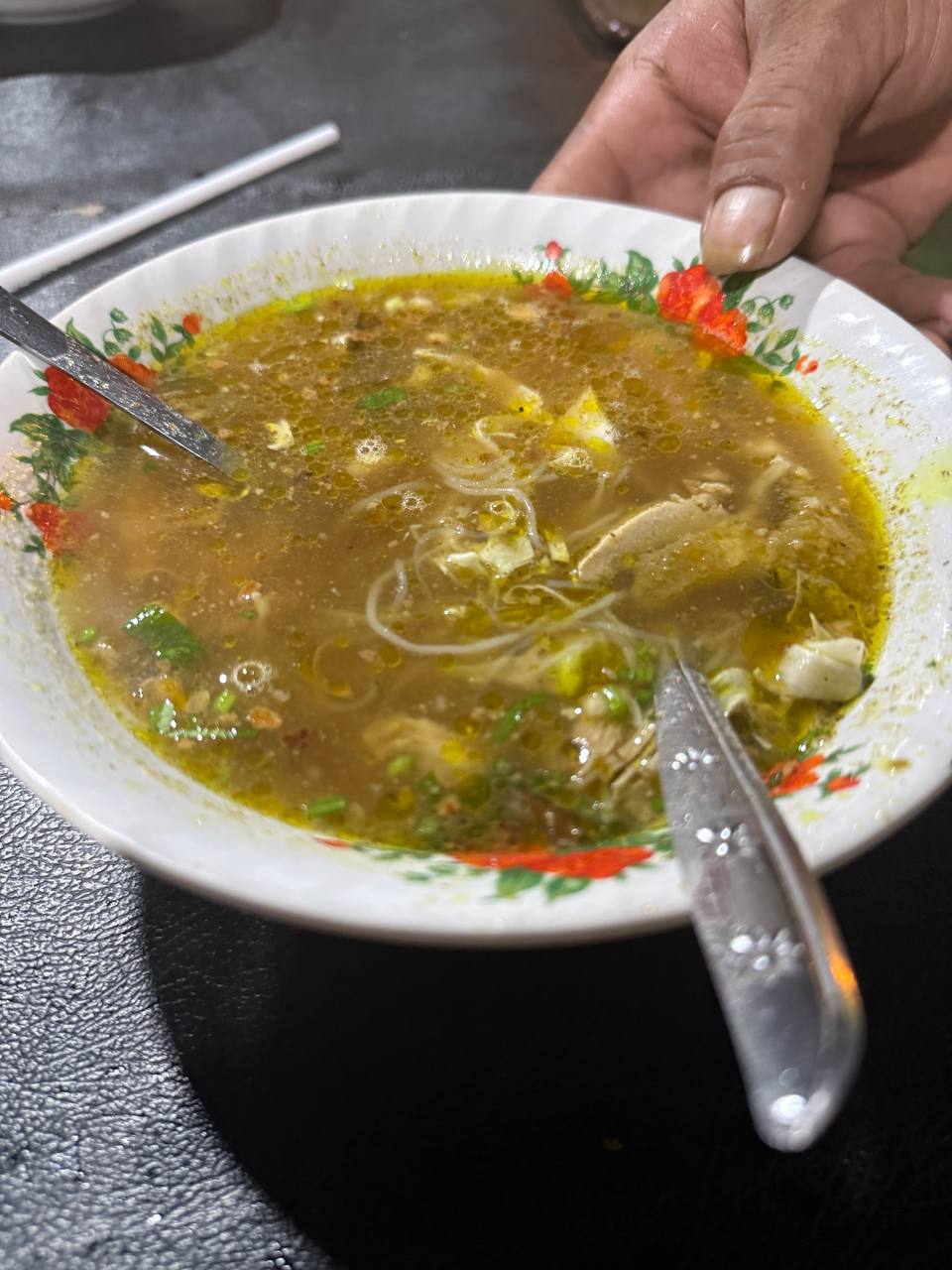
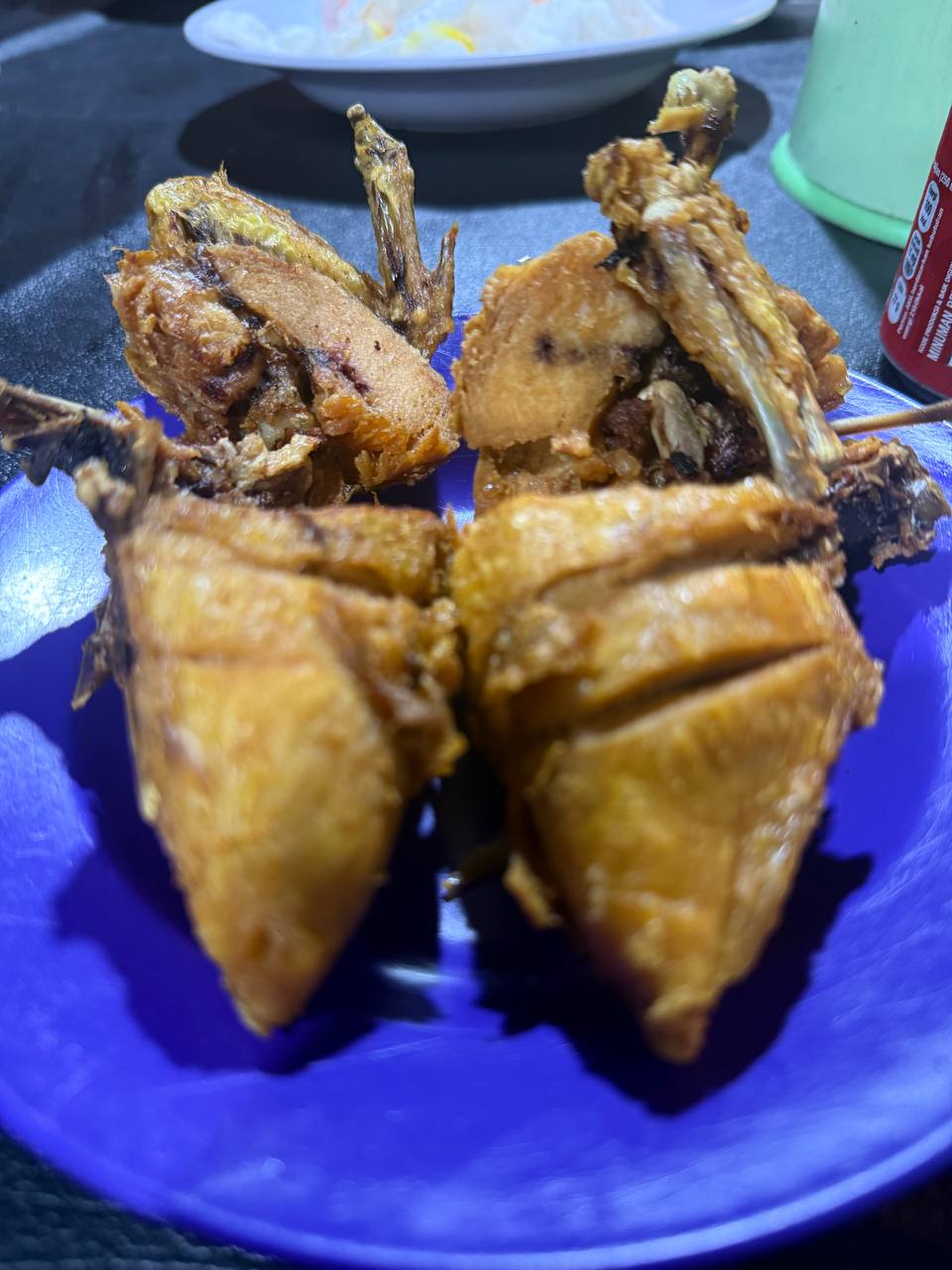
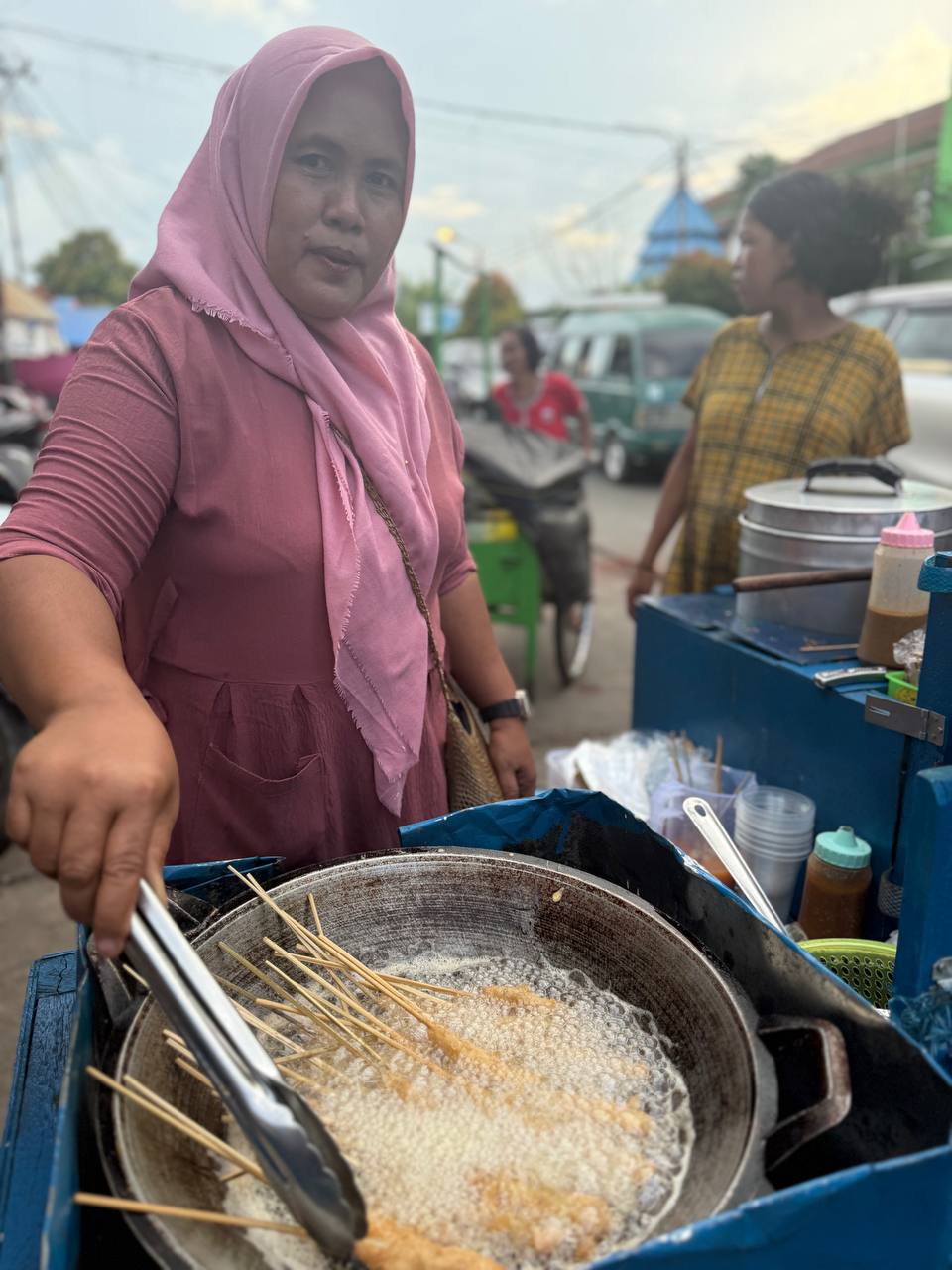
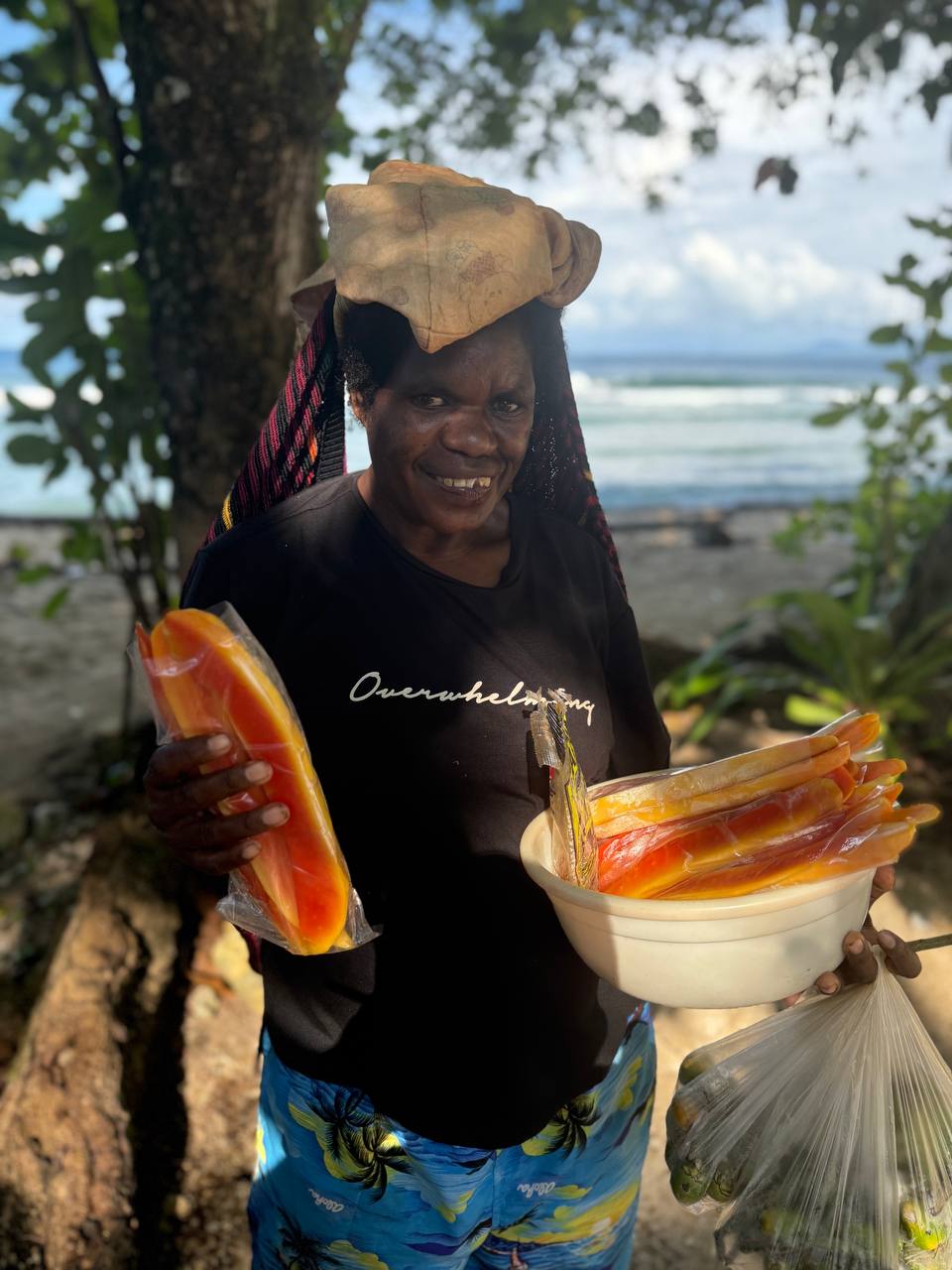
Where to Party
West Papua isn’t a party destination by any stretch of the imagination. Nightlife is limited and largely local. That said, the larger towns like Jayapura and Sorong have a handful of bars and cafés where travellers can meet locals or other visitors for a drink. Don’t expect loud clubs or beach parties—here the vibe is relaxed and low key.
Occasional festivals and cultural events offer a glimpse into local celebrations, sometimes accompanied by traditional music and dance that can feel like a party in their own right.

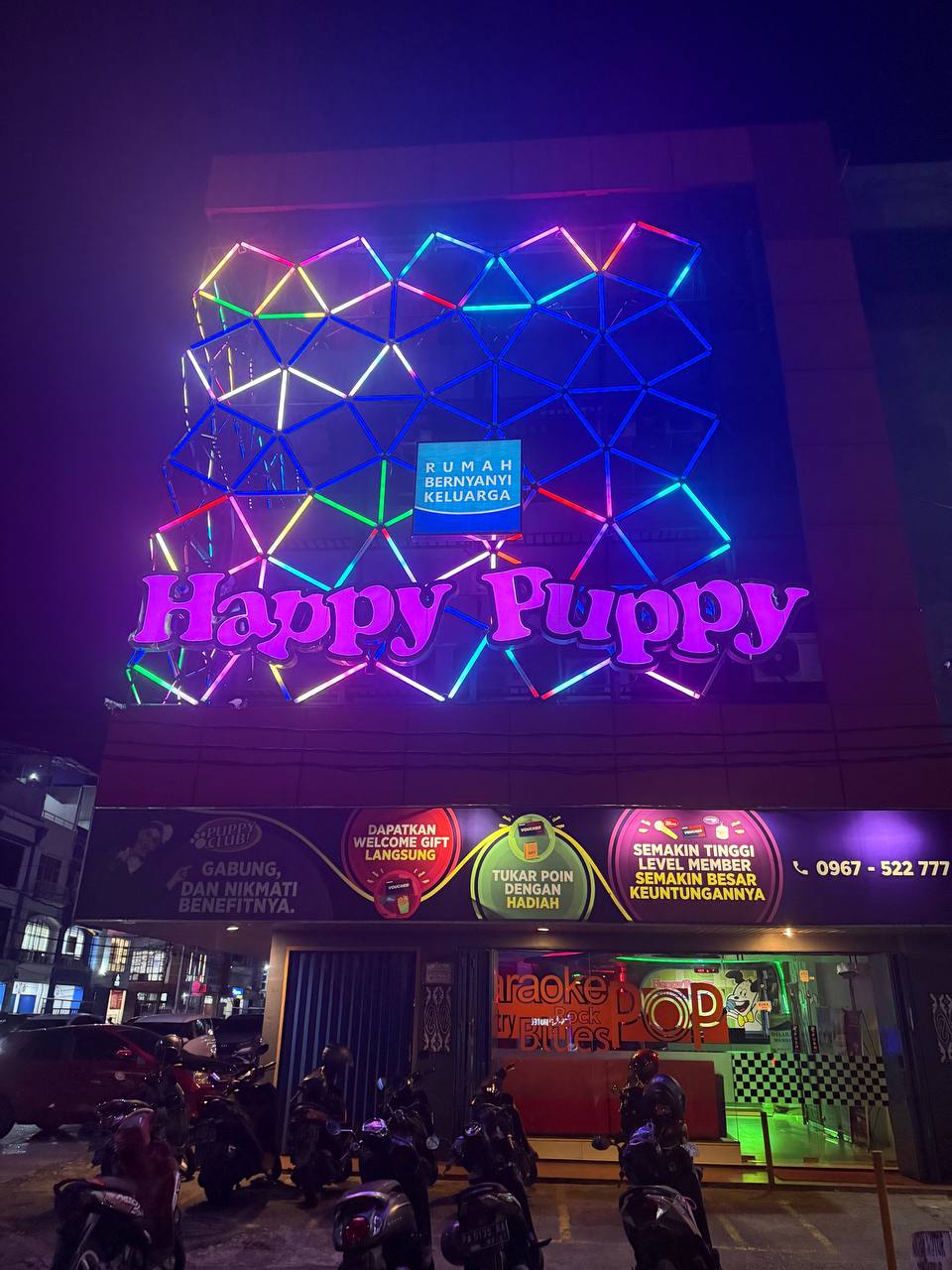
Where to Stay
Accommodation in West Papua varies widely. Options range from simple guesthouses and homestays in smaller towns and villages to more comfortable hotels in cities like Jayapura, Sorong, and Timika.
- Jayapura
The provincial capital offers the most options, from budget inns to mid-range hotels. Staying here gives easy access to local markets and cultural sites. - Wamena
A key gateway to the Baliem Valley, Wamena offers modest accommodation suitable for trekkers and cultural tourists. - Sorong
Your base for Raja Ampat trips, Sorong has several hotels and guesthouses catering to divers and travellers. - Timika
Close to the Grasberg mine, Timika has business hotels and guesthouses, although it’s less geared toward tourists.
In more remote areas, expect basic facilities and a more rustic experience. Homestays can provide a valuable cultural exchange but require flexibility.
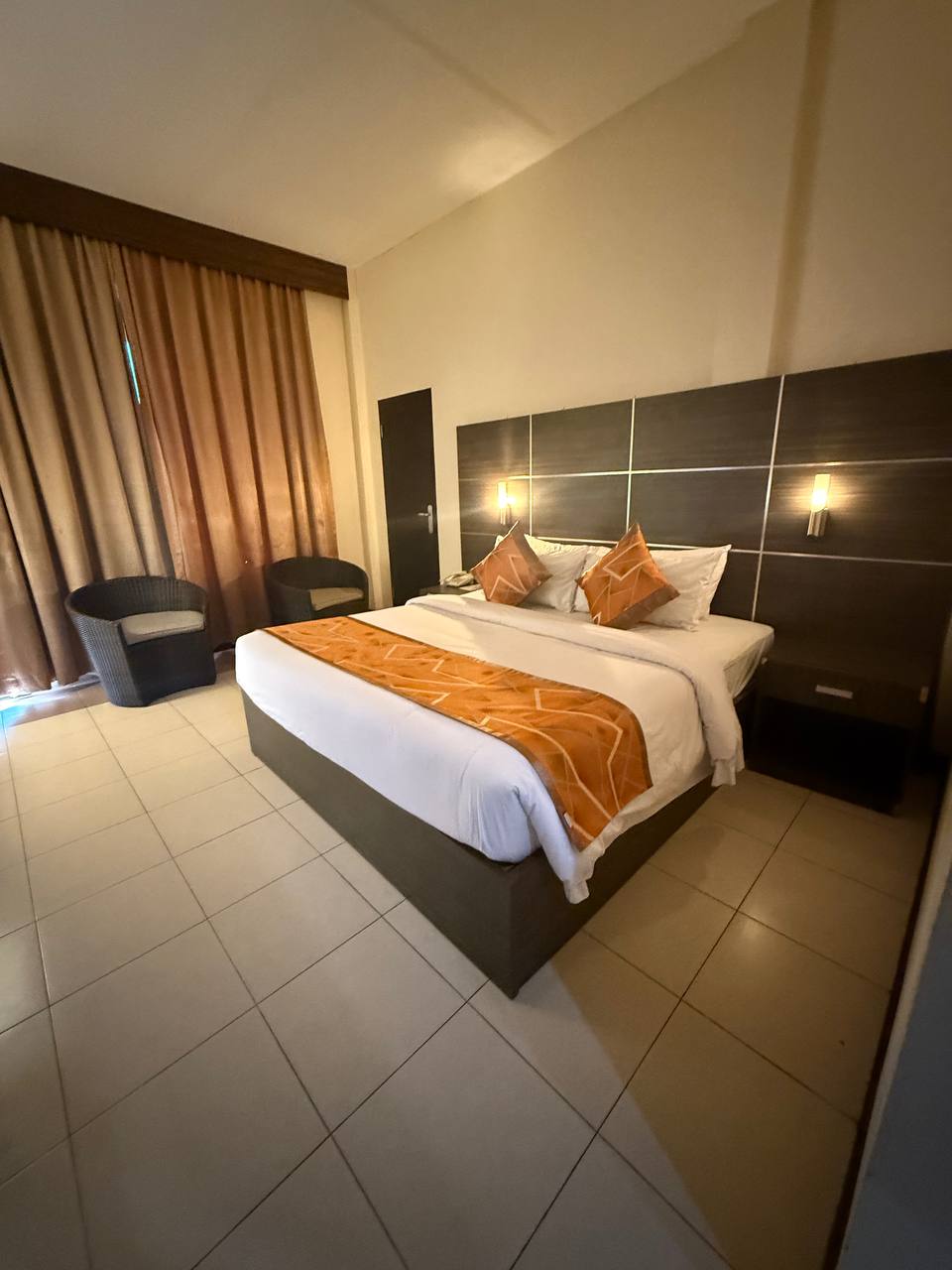
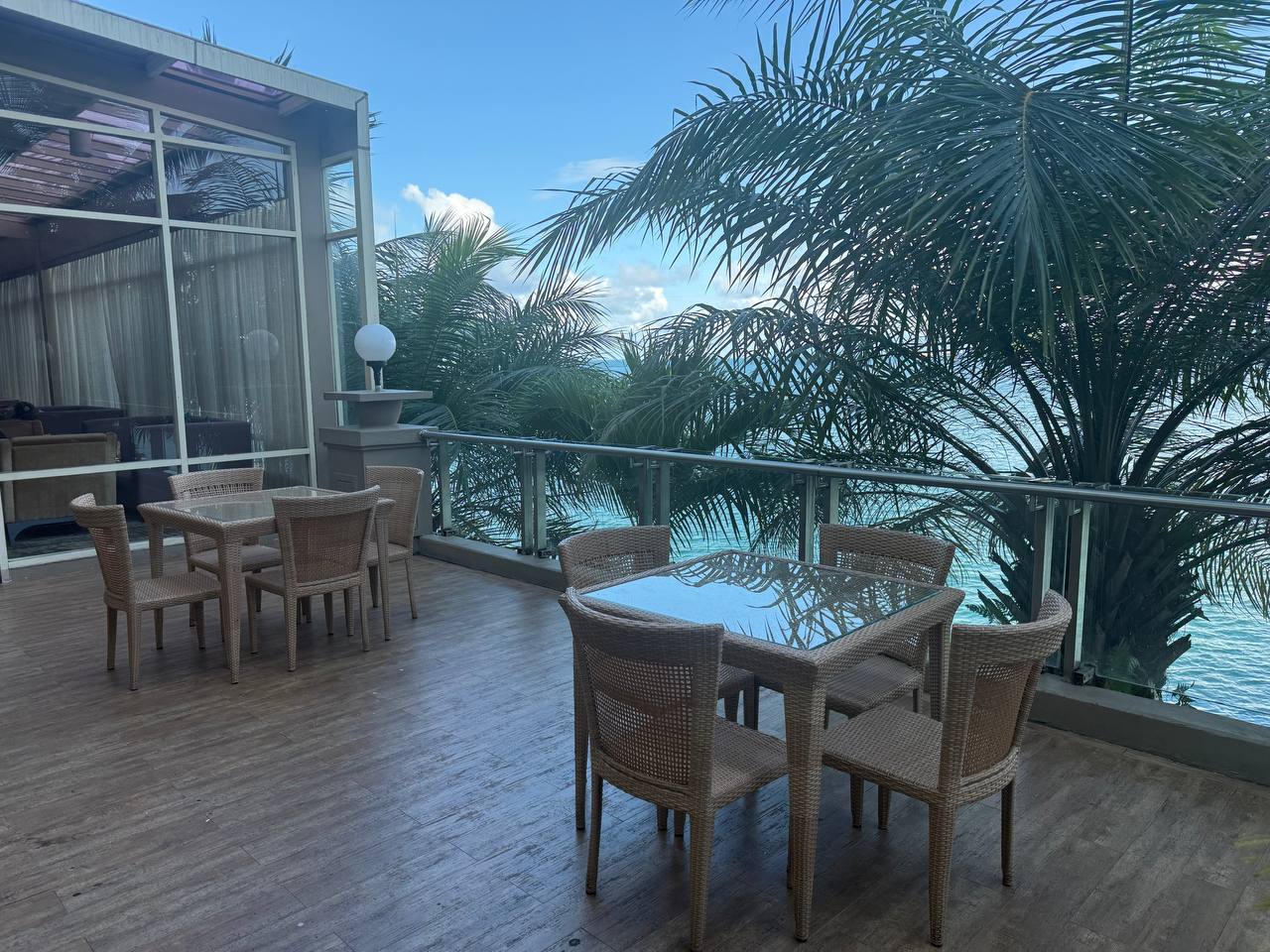
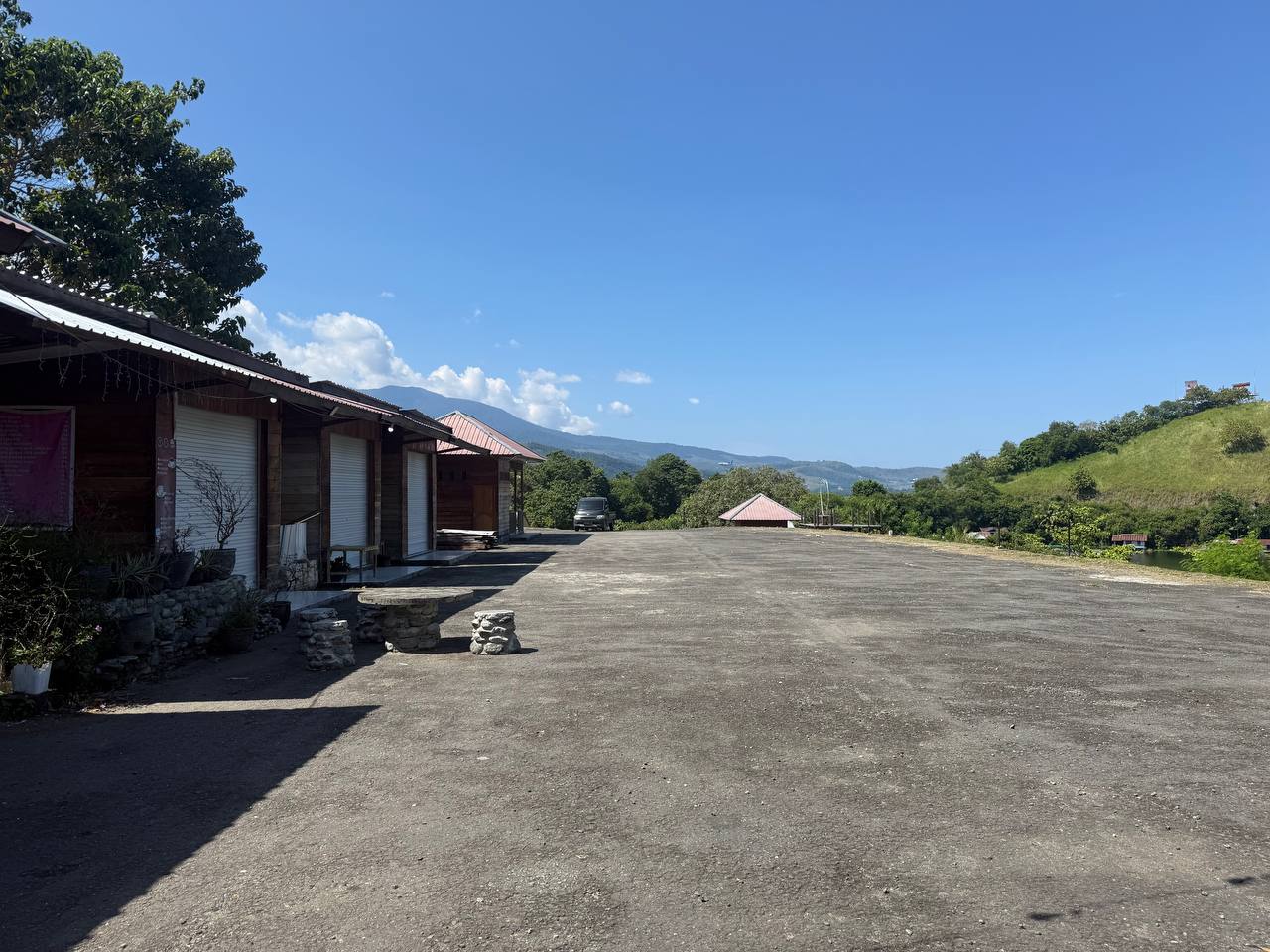
Getting There and Away
Reaching West Papua requires some planning. The region’s remoteness means limited direct international flights. Most travellers fly into Indonesia’s main hubs such as Jakarta or Bali, then take domestic flights to Jayapura, Sorong, or Timika. Airlines like Garuda Indonesia and Wings Air operate these routes.
From Jayapura and Sorong, boats are the primary way to reach more remote coastal areas and islands like Raja Ampat. Ferries, speedboats, and traditional outrigger boats ply these waters, but schedules can be irregular and weather-dependent.
Overland travel is difficult due to mountainous terrain and limited road infrastructure. Many parts of West Papua remain accessible only by foot or small plane.
Travellers should factor in time for internal transfers and possible delays, especially during the rainy season.
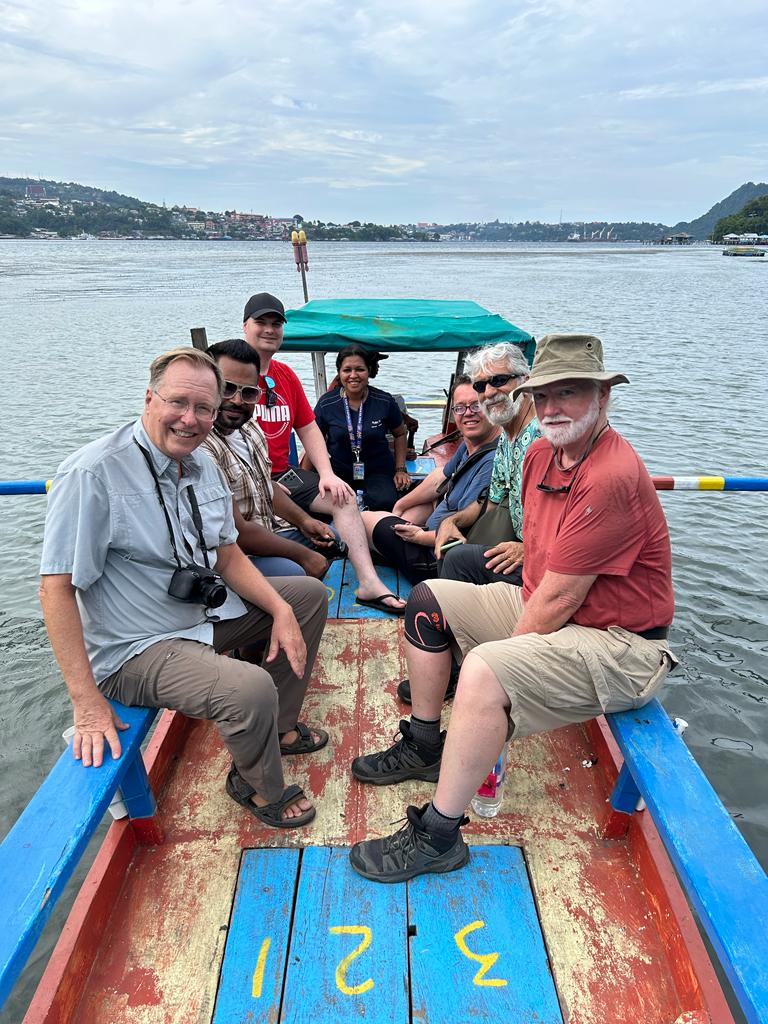
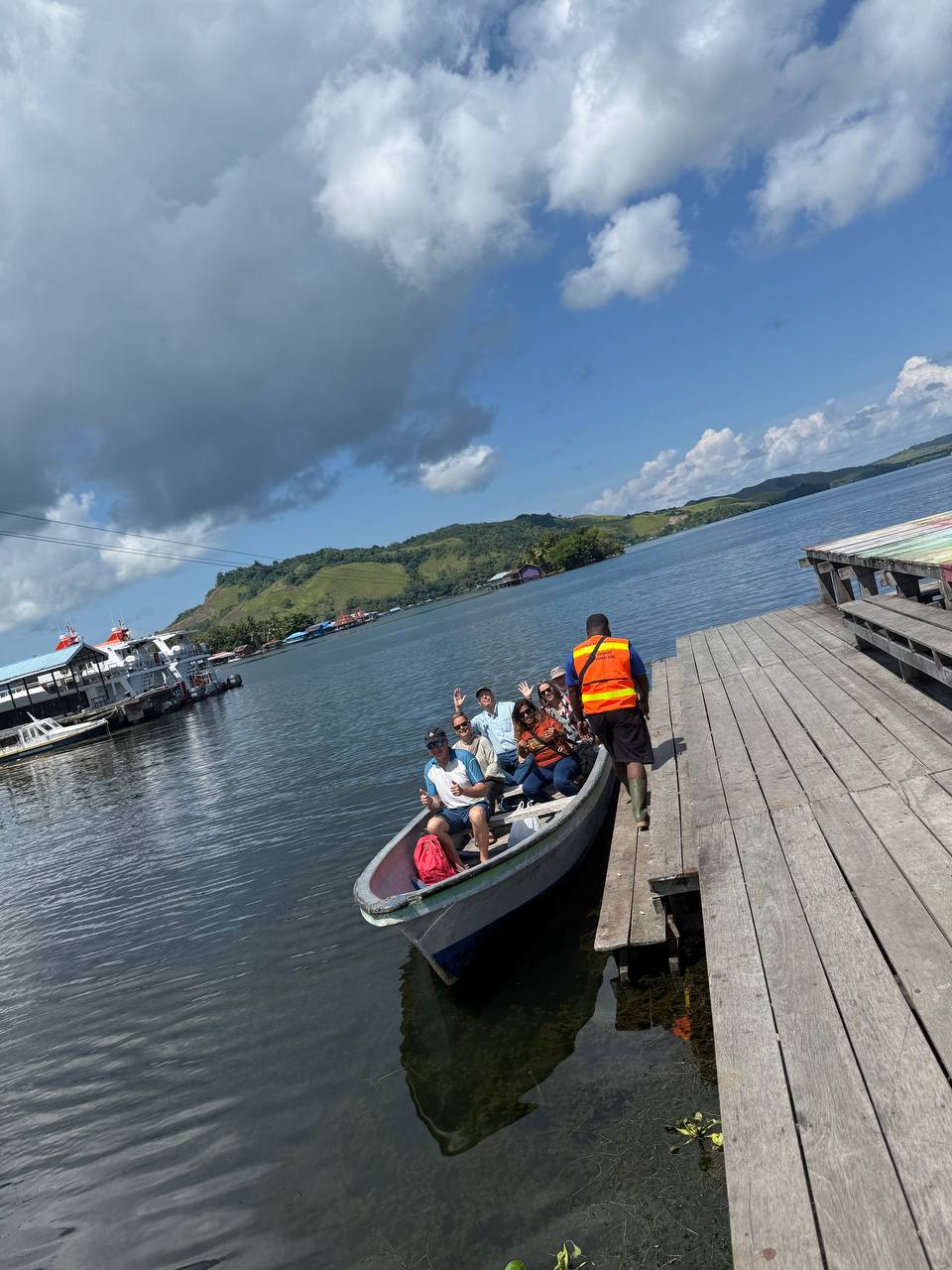
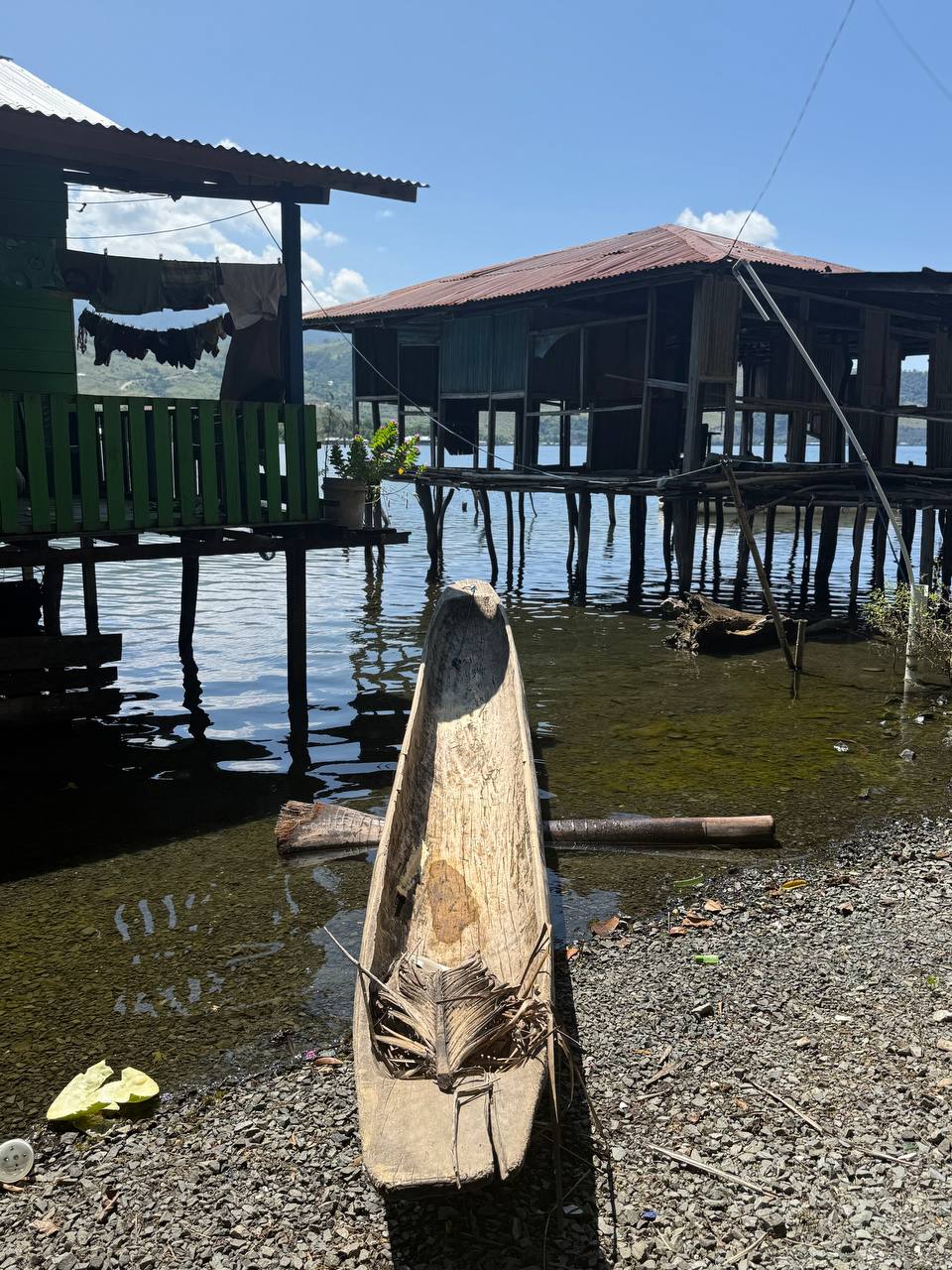
Gateway to Raja Ampat and Beyond
West Papua is the jumping-off point for Raja Ampat, a globally renowned marine paradise. Most visitors arrive in Sorong before taking boats to the islands. Raja Ampat’s reputation for world-class diving and snorkeling makes it the crown jewel for anyone visiting West Papua.
But the region doesn’t end there. From Sorong, travellers can explore other nearby islands and coastal towns, each with their own distinct charm and fewer crowds.
Challenges and Realities
West Papua’s beauty is undeniable, but it is essential to acknowledge the challenges. The ongoing conflict between the Indonesian government and pro-independence groups has led to instability in parts of the region. Travel advisories vary, and visitors should stay informed and respect local sensitivities.
Infrastructure outside major towns is limited, and healthcare facilities can be basic. Language barriers also exist—while Bahasa Indonesia is widely spoken, many indigenous languages dominate rural areas.
Finally, tourism is still developing, so travellers should embrace a spirit of adventure and flexibility.
Conclusion
West Papua remains one of Southeast Asia’s last wild frontiers. It’s a place of immense natural beauty, deep cultural heritage, and complex history. If you’re prepared to look beyond the usual tourist trails, this guide will help you navigate the islands, mountains, and communities that make West Papua a unique destination.
Whether you’re trekking to Puncak Jaya, diving in Raja Ampat, or simply soaking up the atmosphere in Jayapura, West Papua offers an unforgettable experience for those willing to venture off the beaten path.
Click to check out tours to West Papua and Papua New Guinea.



